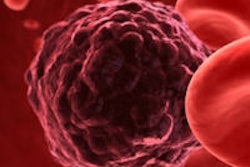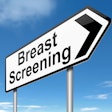The number of U.S. breast cancer cases is expected to be 50% higher in 2030 than it was in 2011 -- when invasive and in situ cancers are counted together, according to a presentation at the American Association for Cancer Research (AACR) annual meeting in Philadelphia.
The increase will be driven by cases of estrogen receptor (ER)-positive tumors, as well as more cancers in women older than 70.
For the study, Philip Rosenberg, PhD, of the U.S. National Cancer Institute (NCI), and colleagues used cancer surveillance data from NCI's Surveillance, Epidemiology, and End Results (SEER) program; population projections from the Census Bureau; and forecasting models.
The total number of new breast cancer cases classified as invasive and in situ is expected to increase by about 50%, from 283,000 cases in 2011 to 441,000 in 2030, the researchers found. Although the proportion of new breast cancer cases among women ages 50 to 69 is expected to decrease from 55% in 2011 to 44% in 2030, the proportion of cases in women ages 70 to 84 is expected to increase from 24% to 35%, according to the group.
The study data also suggest that the proportion of ER-positive invasive cancers will remain at about 63%, while the proportion of ER-positive in situ cancers, most of which are detected through screening mammography, will increase from 19% to 29%. In contrast, the researchers expect that the proportion of ER-negative cancers, both invasive and in situ, will decrease from 17% of all tumors in 2011 to 9% in 2030.
"Our results suggest that although breast cancer overall is going to increase, different subtypes of breast cancer are moving in different directions and on different trajectories," Rosenberg said in a statement released by AACR. "These distinct patterns within the overall breast cancer picture highlight key research opportunities that could inform smarter screening and kinder, gentler, and more effective treatment."



















